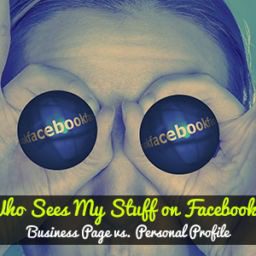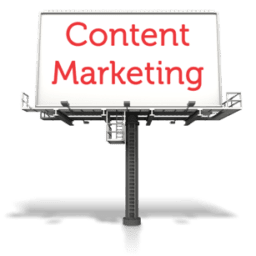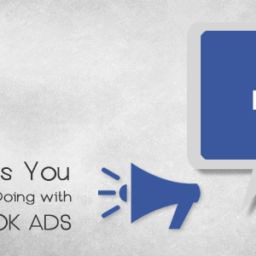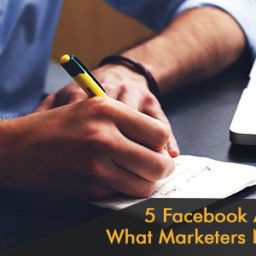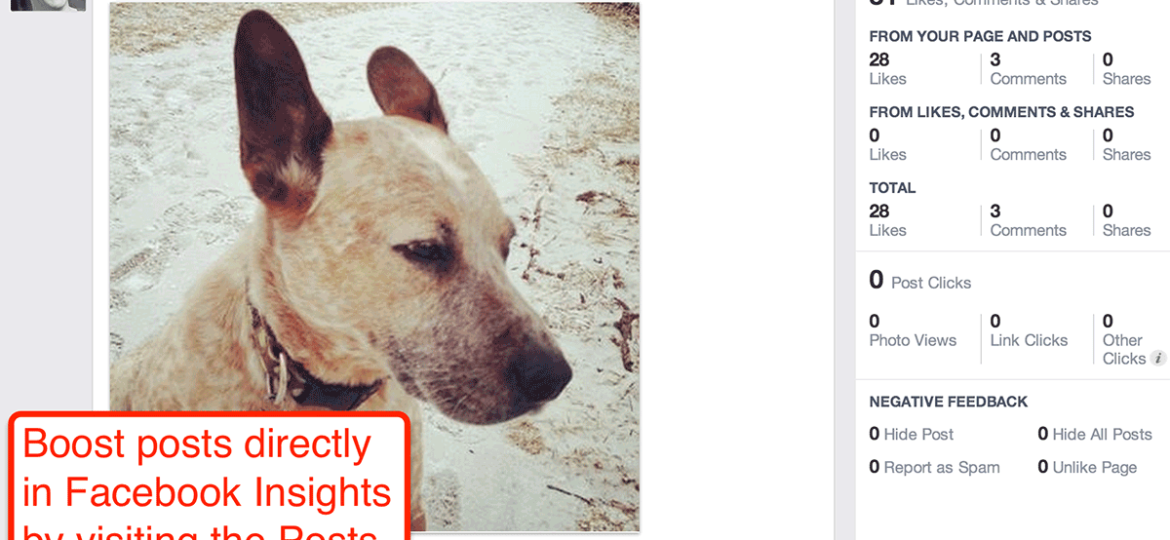
Are you frustrated with Facebook’s frequent changes to the news feed algorithm?
Do you feel like you’re being forced to buy ads to reach your audience?
While Facebook change is the rule rather than the exception, this article gives you 10 ways you can improve your Facebook news feed performance—and gain the upper hand.
How Reach Is Created on Facebook
Facebook defines reach as the number of unique Facebook users who see your updates.
To see your page’s reach, go to Facebook Insights and look at your page’s Reach report. You’ll be able to see how your reach is improving over time (as shown below).

How much reach does your Facebook page have?
Reach is generally influenced by one or more of the following actions:
- You post content to your Facebook page. Yes, most of your fans don’t see it, but it still generates reach. Facebook calls this organic reach.
- Facebook users take action on that update (like, comment, share), which creates a story in their friends’ news feeds. Facebook calls this viral reach.
- You send visitors to that update using your own marketing channels. An example would be linking to a specific Facebook update in your email marketing newsletter. This also falls within organic reach.
- You buy reach with Facebook ads. Facebook offers a variety of ad options, including boosts and targeting custom audiences. Facebook calls this paid reach.
All four actions are interrelated.
For example, if you publish content (organic reach) that your fans react to, friends of those fans will see that content (viral reach). If you decide an update is worthy of a Facebook ad, then the ad creates paid reach.
The more kinds of reach you generate with an update, the more people see that update. And that’s where these 10 ways you can beat Facebook’s news feed algorithm come in.
#1: Create a Content Strategy
You’ve heard this before, but what really matters in the end is the content.
Your fans don’t share a post just because they see it the news feed. They share it because it’s useful and interesting to them.
In the nonprofit world, fewer than 25% of pages have a content strategy, and I’ll bet that’s true for most small businesses as well.
2: Know When Your Fans Are Online
When is the best time to post on Facebook? When most of your fans are actually using Facebook.
In general, Facebook shows the most recent content at the top of the news feed. If you post an update at 2am, but your fans are using Facebook at 8am, you can be sure they aren’t seeing your updates.
You can find out when your fans are online by going to your Facebook Insights and clicking Posts.

#3: Pay Attention to Post Frequency
After looking at your Post Insights, you probably noticed there’s never a period whennone of your fans are using Facebook.
This means you should post at least once per day. Socialbakers recommends no more than twice a day, based on their research.
#4: Let People Post Content on Your Facebook Page
When Facebook users post updates on your page or mention your page, their friends see that activity in the news feed. That’s important viral reach.
In the update below, Max has posted an update on the Libraries Are Essential Facebook page. Many of Max’s friends will be exposed to this page through viral reach because his post shows up in his friends’ news feeds.
If you’re worried about spam or negative content being posted on your page, don’t worry. You can easily configure your page to block content that contains specific keywords or profanity.

#5: Host a “Caption This” Contest
One thing I’ve done that’s consistently worked well is to host caption contests as a way to generate an instant flood of comments, which in turn creates a flood of viral reach!

#6: Reply to Comments
To build community, you have to listen to and respond to community. People use Facebook because they want to be heard!
Responding to comments is important.

our Facebook page has an optional threaded comments feature. This means that when a fan leaves a comment on an update, you can reply specifically to that comment.
When you respond, that fan receives a notification, which is incentive to revisit your page to read your response. Increasing the frequency of visits to your page is a key part of developing a core Facebook page community.
You can turn on threaded comments in a few easy steps:
- Go to your page and click Edit.
- Choose Edit Settings.
- Find the Replies heading in the list and click Edit.
- Click Allow Replies to Comments on My Page.
- Click Save Changes.
#7: Tag Commenters
Normally, pages can’t tag people on Facebook, but there is one exception: If a Facebook user leaves a comment on an update, you can tag the user when you comment on that same update.

Depending on the users’ privacy settings, they’ll receive notification that they’ve been tagged, prompting them to revisit the thread.
#8: Boost Previous Top-Performing Updates
There’s no way to escape it. If you’re serious about Facebook marketing, use ads.
What I will say is this: Only promote awesome.
Investing in posts that already have a high engagement rate is more likely to give you the biggest bang for your buck—more likes, comments and shares—which translates into more engagement and reach in the long run.
Whether you have experience with Facebook ads or not, make time to read Jon Loomer’s articles on using Facebook Ads and the Power Editor to promote your top-performing posts.
#9: Guest Post on Sites That Send You Traffic
If you’re a regular reader of Social Media Examiner, you know how powerful having aguest blogging strategy can be for growing your business.
But did you know you can find potential leads for guest-post opportunities right in Facebook Insights?
Within the Visits report, scroll all the way down to the External Referrers section. This graph shows you which websites are referring the most traffic to your Facebook page (shown below).
Keep track of who’s sending traffic your way and make the most of those partnerships.
Contact the sites sending people your way and see if you can write a guest post for them.
Don’t limit yourself to guest blogging. Feel free to explore other co-marketing opportunities that may work as well.
Investing in posts that already have a high engagement rate is more likely to give you the biggest bang for your buck—more likes, comments and shares—which translates into more engagement and reach in the long run.
Whether you have experience with Facebook ads or not, make time to read Jon Loomer’s articles on using Facebook Ads and the Power Editor to promote your top-performing posts.
#10: Identify Best Tactics With Facebook Insights
In the end, you have to find the tactics that work for your Facebook page.
Export the last six months of your Facebook Insights and study them to see what works for your page, then replicate that success with the tips above.
Pay attention to which updates resulted in new fans. Look at which posts produced specific kinds of reach and engagement (shares are more important than likes, for example).
Read the full article in Social Media Examiner



